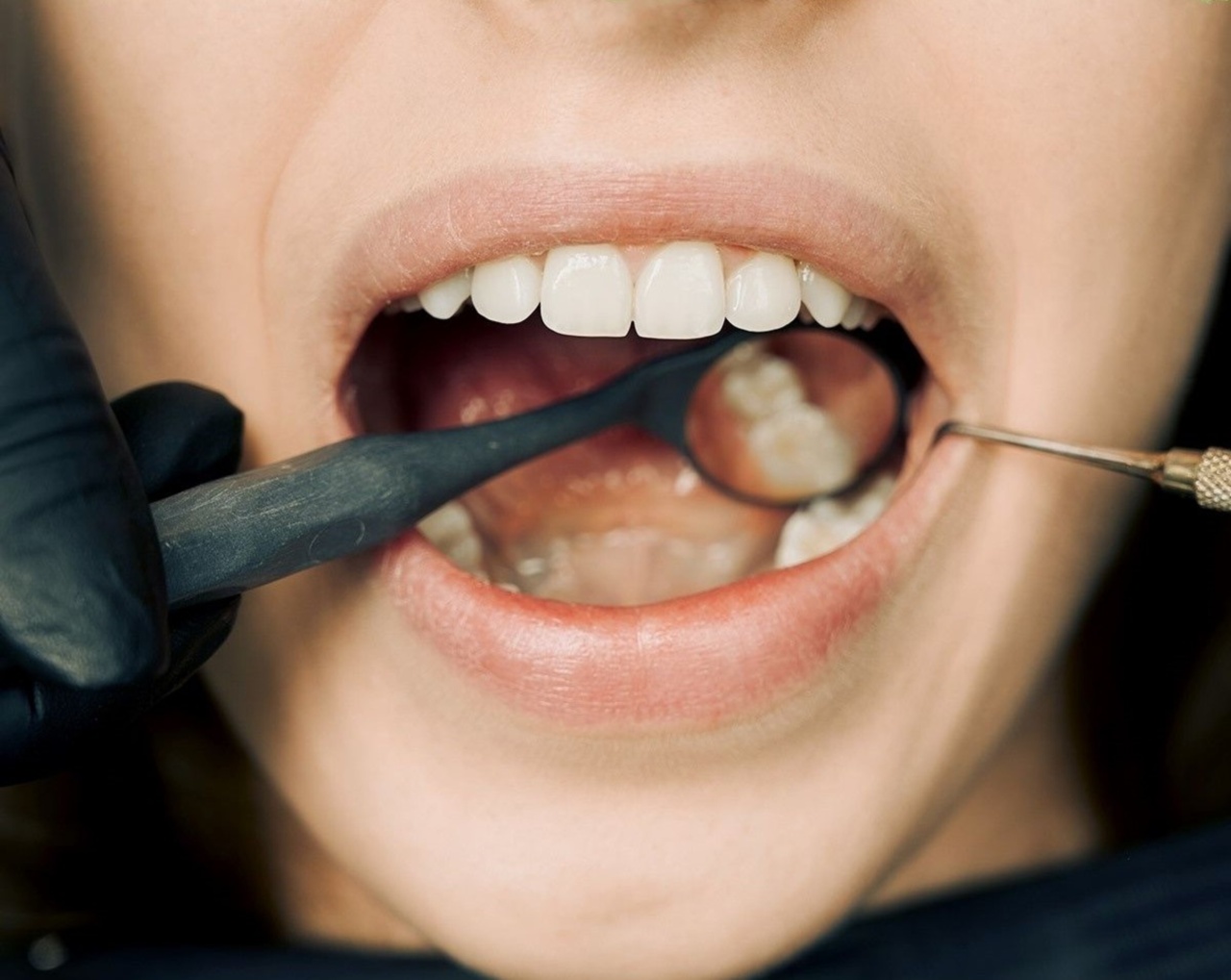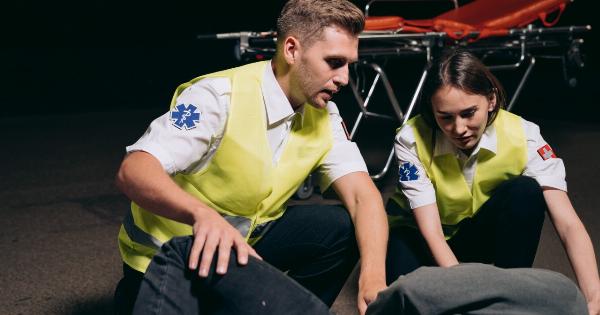Accidents can happen at any time, and when it comes to oral injuries, it’s essential to know how to respond first-hand. Any tooth injury requires prompt attention, whether it’s a slight chip or a severe fracture.
Acting quickly and correctly may save the tooth and prevent more severe complications in the future. In this article, we’ll discuss how to respond to the most common oral accidents and provide first-aid tips for tooth injuries.
What to do when a tooth is knocked out
A knocked-out tooth is one of the most severe types of oral injuries, and fast response is critical. If your tooth has been knocked out, here’s what you should do:.
- Hold the tooth by the crown (the visible part of the tooth) and rinse it gently with water. Do not touch the root, and avoid scrubbing it or removing any attached tissues.
- Try to reinsert the tooth in the socket if possible. If you can’t, place it in a clean container and cover it with milk, saline, or saliva (do not use water).
- Immediately see a dentist – time is of the essence in this situation, and you should aim to see a dentist within 30 minutes for the best chance of saving the tooth.
What to do for a chipped or broken tooth
A chipped or broken tooth may not be as severe as a knocked-out tooth, but it still requires attention. Here’s what to do:.
- Rinse your mouth with warm water and use a cold compress to reduce swelling.
- Locate the pieces of the tooth if possible, and bring them to the dentist.
- See a dentist as soon as possible for proper treatment. Treatment can vary depending on the severity of the chip or break.
What to do for a loose tooth
If you’ve suffered an injury that has resulted in a loose tooth, you should:.
- Try to keep the tooth in place by gently biting down on it. Avoid moving it, as this can worsen the injury.
- Rinse your mouth with salt water to help reduce swelling and prevent infection.
- See a dentist immediately so they can examine the tooth and determine the best course of treatment.
What to do for a cut lip, cheek, or tongue
A cut to your lip, cheek, or tongue can be painful and lead to significant bleeding. To treat a cut in your mouth, do the following:.
- Clean the wound with warm water and apply firm pressure with a clean cloth or gauze to stop the bleeding.
- If the bleeding persists, see a dentist or doctor immediately.
- If you experience significant swelling or difficulty speaking, seek medical attention.
What to do for a object stuck in your teeth
Having an object stuck in your teeth can be annoying and even painful. Here’s what you should do:.
- Attempt to gently remove the object with dental floss. Do not use sharp objects or tools to try and remove the object as it may damage your gums or teeth.
- If you can’t remove the object, see a dentist:
- Don’t ignore the issue and seek immediate attention as leaving the object in your mouth can result in further complications or pain.
Preventing Tooth Injuries
Prevention is key when it comes to oral injuries. Here are some tips to help minimize your risk:.
- Use a mouthguard: athletes and individuals who participate in contact sports should wear a mouthguard to help protect their teeth from injuries.
- Don’t chew on hard objects: biting on pens, pencils, or ice can lead to chips and fractures in your teeth.
- Brush and floss regularly: maintaining proper oral hygiene can help keep your teeth and gums healthy and less prone to injury.
Final Thoughts
An oral injury can be painful and potentially require significant dental treatment. However, by following these first-aid tips for tooth injuries, you can help prevent further damage and save your teeth.
Remember to contact your dentist immediately if you experience any tooth pain or injury. Take care of your teeth, and they’ll take care of you!.





























